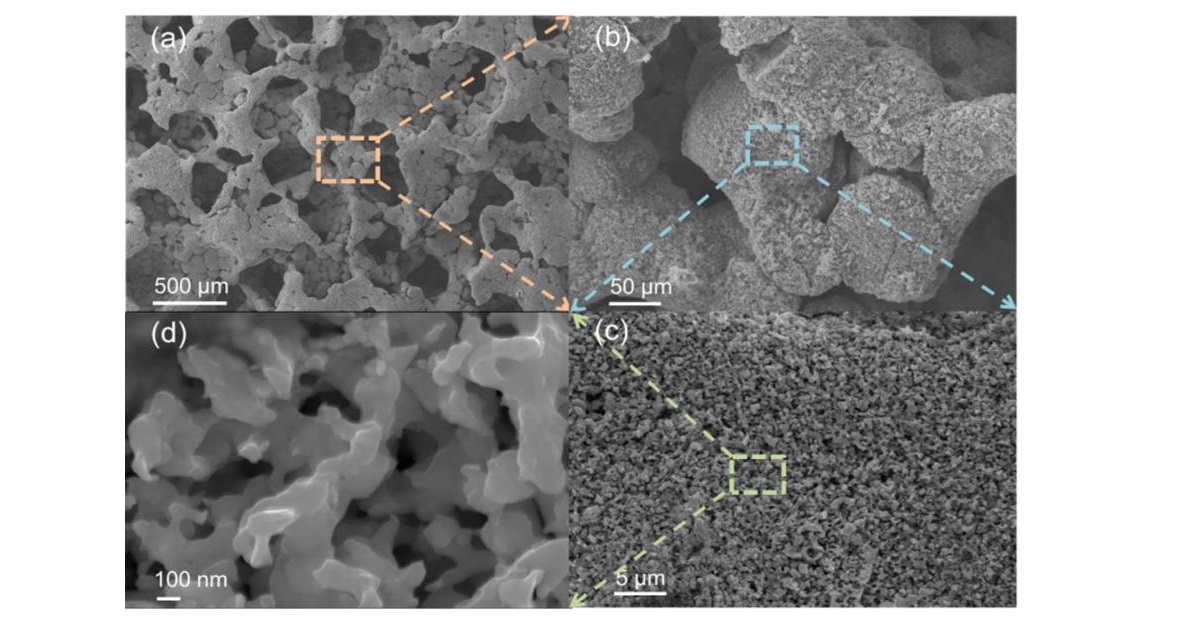Porous Metals: Preparation, Microstructure, Properties and Performance
A special issue of Materials (ISSN 1996-1944). This special issue belongs to the section "Porous Materials".
Deadline for manuscript submissions: 20 April 2025 | Viewed by 6403

Special Issue Editors
2. School of Engineering, University of Liverpool, Liverpool L69 3GH, UK
Interests: porous metals; metal matrix syntactic foams; metal powders; thermos-fluids in porous media
Special Issues, Collections and Topics in MDPI journals
Special Issue Information
Dear Colleagues,
Porous metals (also known as metal foams and cellular metals) are a special class of composite materials, composed of a metal phase and a gaseous phase. The functionality of porous metals derives from the combinations of these two distinct materials, and, in essence, their specific porous structures. Porous metals are produced by a variety of techniques, including foaming, casting, and powder metallurgy. Recent advances in additive manufacturing have added impetus to the field. Porous metals are finding new applications in many sectors, such as aerospace, automotive, construction, and energy, for their unique properties. This Special Issue of Materials intends to cover a wide range of porous metal structures manufactured using different technologies. A special emphasis will be placed on new fabrication methods, novel structures, new properties, and new applications of porous metals.
Prof. Dr. Yuyuan Zhao
Prof. Dr. Huiping Tang
Guest Editors
Manuscript Submission Information
Manuscripts should be submitted online at www.mdpi.com by registering and logging in to this website. Once you are registered, click here to go to the submission form. Manuscripts can be submitted until the deadline. All submissions that pass pre-check are peer-reviewed. Accepted papers will be published continuously in the journal (as soon as accepted) and will be listed together on the special issue website. Research articles, review articles as well as short communications are invited. For planned papers, a title and short abstract (about 100 words) can be sent to the Editorial Office for announcement on this website.
Submitted manuscripts should not have been published previously, nor be under consideration for publication elsewhere (except conference proceedings papers). All manuscripts are thoroughly refereed through a single-blind peer-review process. A guide for authors and other relevant information for submission of manuscripts is available on the Instructions for Authors page. Materials is an international peer-reviewed open access semimonthly journal published by MDPI.
Please visit the Instructions for Authors page before submitting a manuscript. The Article Processing Charge (APC) for publication in this open access journal is 2600 CHF (Swiss Francs). Submitted papers should be well formatted and use good English. Authors may use MDPI's English editing service prior to publication or during author revisions.
Keywords
- porous metals
- metal foams
- cellular metals
- porous structure
- fabrication methods
- properties
- applications
Benefits of Publishing in a Special Issue
- Ease of navigation: Grouping papers by topic helps scholars navigate broad scope journals more efficiently.
- Greater discoverability: Special Issues support the reach and impact of scientific research. Articles in Special Issues are more discoverable and cited more frequently.
- Expansion of research network: Special Issues facilitate connections among authors, fostering scientific collaborations.
- External promotion: Articles in Special Issues are often promoted through the journal's social media, increasing their visibility.
- e-Book format: Special Issues with more than 10 articles can be published as dedicated e-books, ensuring wide and rapid dissemination.
Further information on MDPI's Special Issue polices can be found here.







